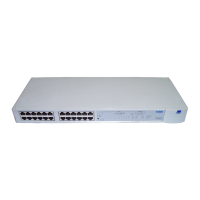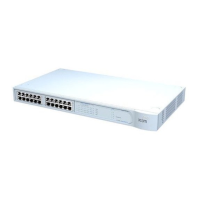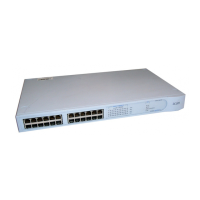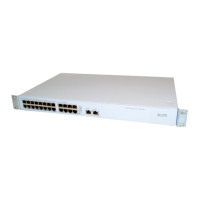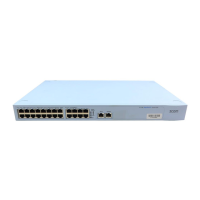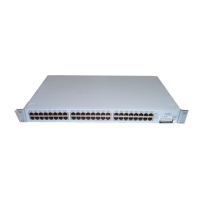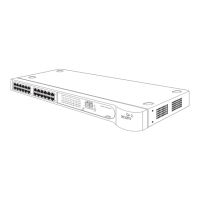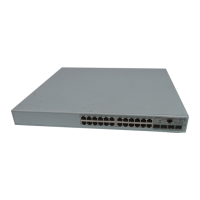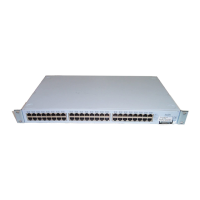80 CHAPTER 8: SETTING IP PARAMETERS
2 Enter the index numbers of the interfaces that you want to enable.
Enter interface DVMRP metric (1-15):
3 Enter the DVMRP metric value of the chosen interfaces.
Enter interface TTL threshold (1-255):
4 Enter the Time To Live (TTL) threshold of the chosen interfaces.
Disabling Multicast
Interfaces
To disable multicast routing on a specific interface.
1 Enter the following at the top-level menu:
ip multicast interface disable
The following prompt is displayed:
Enter an IP interface index {1-2}:
2 Enter the index number of the IP interface you want to disable.
Administering
Multicast Tunnels
A multicast tunnel allows multicast packets to cross several unicast routers
to a destination router that supports multicast routing. A tunnel has two
end points. The local end point is associated with an interface on the
Layer 3 Module.
When you define the tunnel, specify the associated interface on the
Layer 3 Module and then the characteristics of the tunnel. Tunnel
characteristics are the same as those of an interface. You also specify the
IP address of the remote multicast router.
You only need to define a multicast tunnel if you need to set up a
connection between two multicast internetworks through one or more
unicast routers.
Displaying Multicast
Tunnels
To display current IP multicast tunnels on the Layer 3 Module, enter the
following at the top-level menu:
ip multicast tunnel display
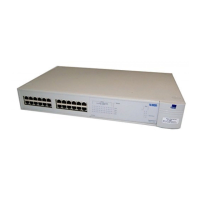
